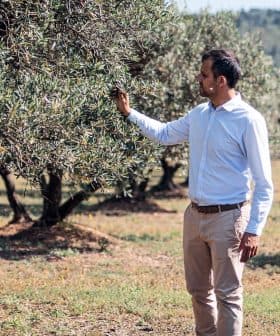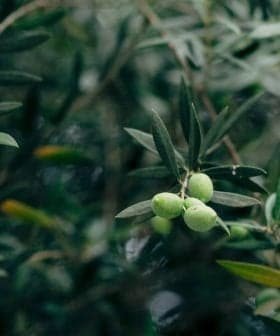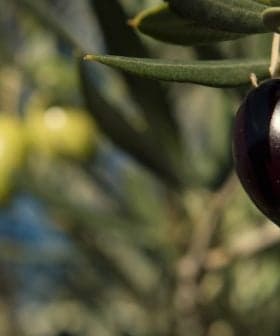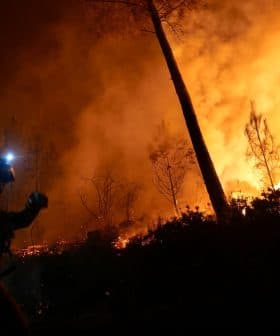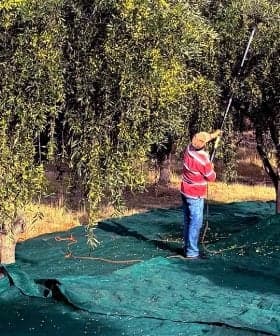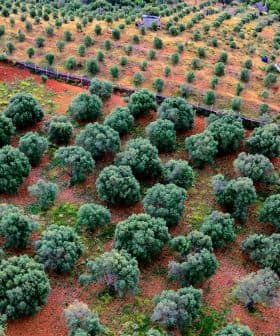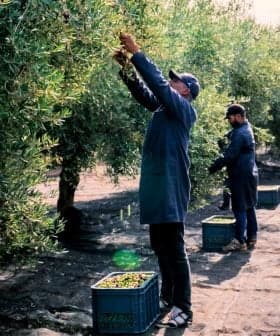Why the Next Three Months Could Decide the Future for Western Australia Farmers
Wet conditions in 2016 led to smaller than average olive crops for Western Australian farmers. With the next three months a critical period, many are hoping for better outcomes, but remain at risk due to lack of insurance.
Olive farmers in Western Australia are hoping for dry weather in 2017 after experiencing significant losses due to wet conditions in 2016, with only one percent of Australian farmers having insurance coverage. The wet weather that negatively impacts olive farmers has been beneficial for livestock farmers, leading to optimism for general farming production exceeding $60 billion in 2017.
After months of bad weather and torrential downpours in the most important olive-growing months of 2016, olive farmers in Western Australia are hoping for the start of 2017 to be dry, in order to combat the losses experienced from wet conditions the year before.
Australia, as a whole, experienced several months of wet conditions in 2016 — something that’s proved a boon for livestock farmers but a curse for many involved in agriculture. And while current weather conditions are optimal, many farmers remain at high risk of massive losses due to a lack of insurance.
See Also:Complete Coverage of the 2016 Olive Harvest
There are an estimated 1.5 million olive trees in Western Australia alone, which thrive best in dry, moderate-to-warm temperatures and function poorly in weather extremes. In areas where rain is usually scarce, a disruption to the usual patterns of rainfall can also cause inconsistent cropping issues.
Olive farmers were forced to harvest their crops early due to the warm and wet weather experienced in the last year’s first quarter and had smaller yields to show for it.
Overly moist and warm climate leads to premature ripening, creating poor fruit set and destroying plant tissue. Early and heavy rainfall is absorbed by the olives which swell and fall off the tree, and the persistent moisture can lead to the trees developing sooty mold, a black powdery coating that envelops the tree, tainting the fruit and its oil as well as negatively impacting the tree’s ability to photosynthesize.
While heavy rain proves beneficial for the grove itself, it does not bode well for the successful production of olive oil. In instances where the olives become spoiled, some farmers bring in wild goats to consume the overripe waterlogged olives carpeting the grove floor.
Despite last year’s outcomes, farmers are optimistic about 2017, with general farming production set to exceed $60 billion for the first time, thanks in part to increasing cattle and sheep exports. The wet weather that spells disaster for olive farmers is one that actually benefits livestock farmers, as it increases the amount of natural growing feed for their animals.
Another reason for optimism is that the call for warm weather seems likely to be heeded, with the Bureau of Meteorology forecasting temperatures exceeding 45°C (113°F) in certain parts of the state. However, experts are still strongly recommending that farmers take up insurance, as current figures show that only one percent of Australian farmers have coverage.
This low level could be attributed to the fact that Australian farmers pay stamp duty percentages exceeding 10 percent on their insurance premiums. In addition, most multi-peril crop insurance policies (which are taken out at the beginning of each farming season as a safeguard against the entire season’s loss) do not cover natural events such as flooding and heavy rainfall.
An alternative is index insurance, which covers events verified by weather bureau data, but this policy is unpopular with certain underwriters due to the high volume of payments it has incurred over the years.


